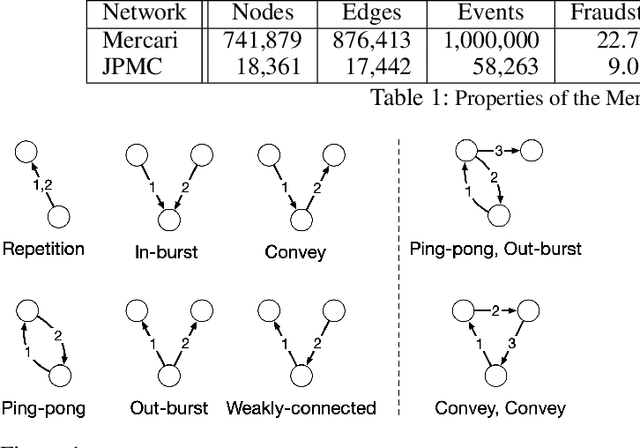Shunya Kimura
A generative framework for conversational laughter: Its 'language model' and laughter sound synthesis
Jun 06, 2023Abstract:As the phonetic and acoustic manifestations of laughter in conversation are highly diverse, laughter synthesis should be capable of accommodating such diversity while maintaining high controllability. This paper proposes a generative model of laughter in conversation that can produce a wide variety of laughter by utilizing the emotion dimension as a conversational context. The model comprises two parts: the laughter "phones generator," which generates various, but realistic, combinations of laughter components for a given speaker ID and emotional state, and the laughter "sound synthesizer," which receives the laughter phone sequence and produces acoustic features that reflect the speaker's individuality and emotional state. The results of a listening experiment indicated that conditioning both the phones generator and the sound synthesizer on emotion dimensions resulted in the most effective control of the perceived emotion in synthesized laughter.
Temporal Motifs for Financial Networks: A Study on Mercari, JPMC, and Venmo Platforms
Jan 18, 2023



Abstract:Understanding the dynamics of financial transactions among people is critically important for various applications such as fraud detection. One important aspect of financial transaction networks is temporality. The order and repetition of transactions can offer new insights when considered within the graph structure. Temporal motifs, defined as a set of nodes that interact with each other in a short time period, are a promising tool in this context. In this work, we study three unique temporal financial networks: transactions in Mercari, an online marketplace, payments in a synthetic network generated by J.P. Morgan Chase, and payments and friendships among Venmo users. We consider the fraud detection problem on the Mercari and J.P. Morgan Chase networks, for which the ground truth is available. We show that temporal motifs offer superior performance than a previous method that considers simple graph features. For the Venmo network, we investigate the interplay between financial and social relations on three tasks: friendship prediction, vendor identification, and analysis of temporal cycles. For friendship prediction, temporal motifs yield better results than general heuristics, such as Jaccard and Adamic-Adar measures. We are also able to identify vendors with high accuracy and observe interesting patterns in rare motifs, like temporal cycles. We believe that the analysis, datasets, and lessons from this work will be beneficial for future research on financial transaction networks.
 Add to Chrome
Add to Chrome Add to Firefox
Add to Firefox Add to Edge
Add to Edge